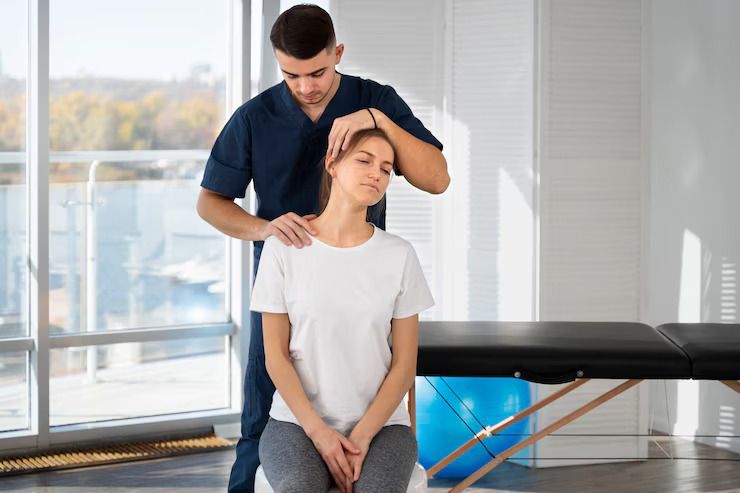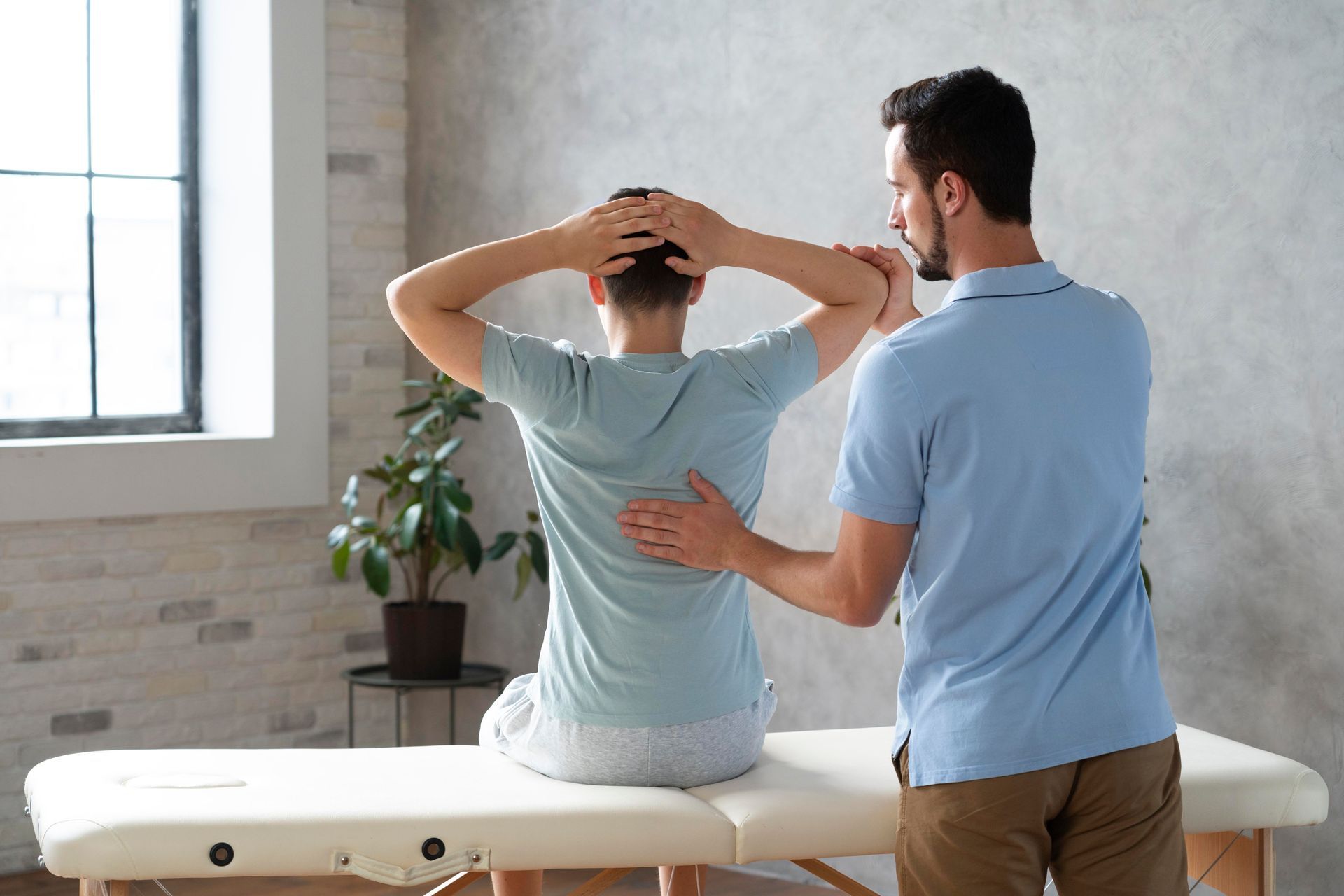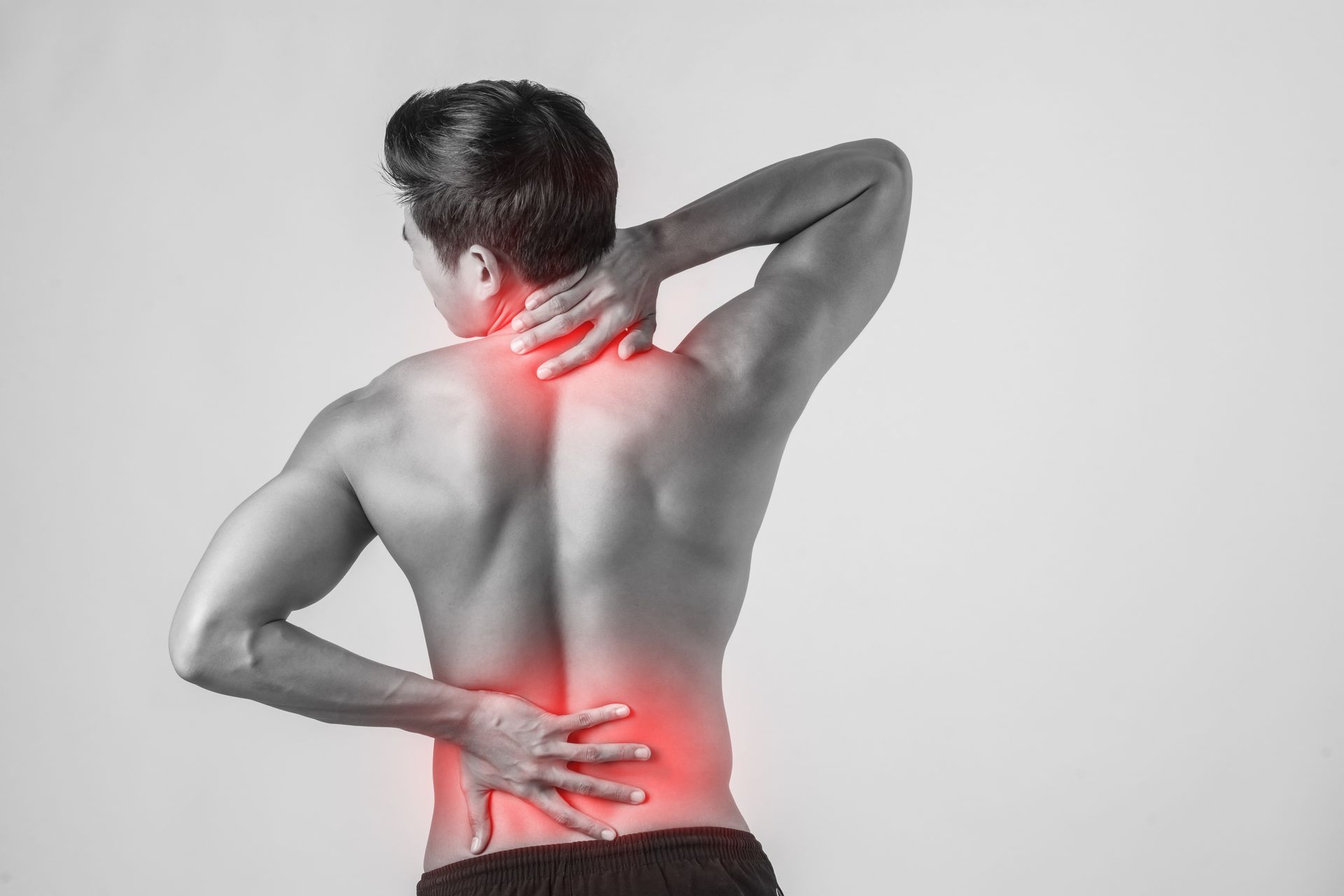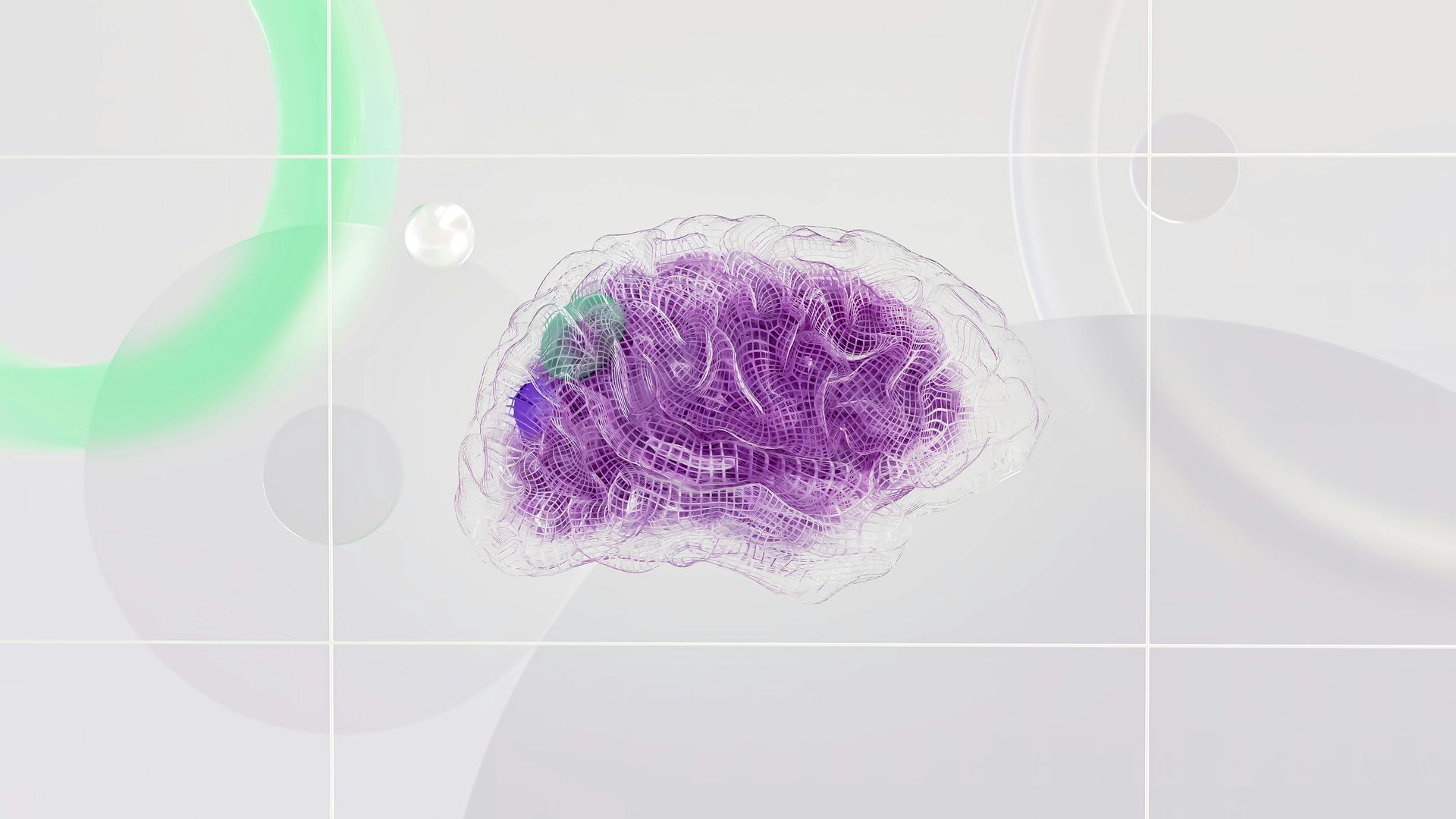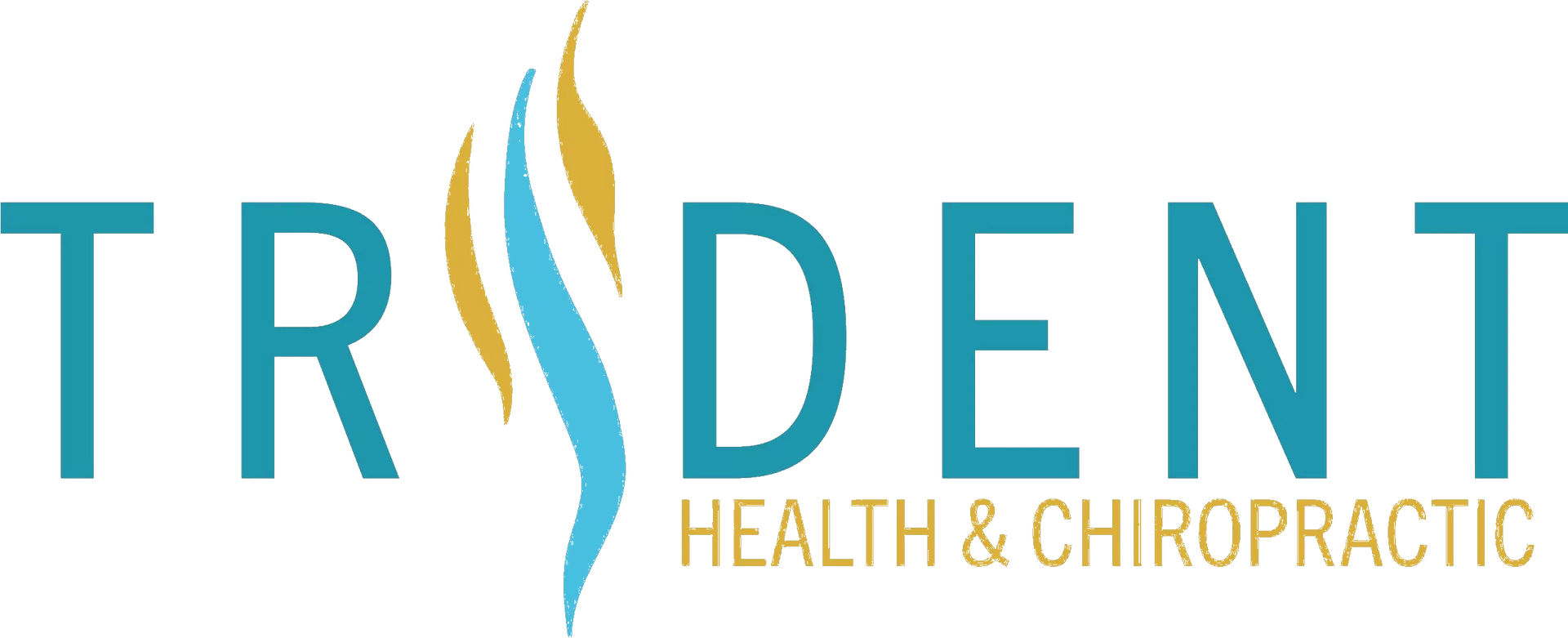What is text neck? Symptoms and what you can do about it
The impact of technology on neck health
In this ever-changing world that we are living in we spend more time on our cell phones, computers, and tablets. Most studies have shown us that the average person spends at least 4 hours looking at one of these devices. When thinking about that, that almost equals 1400 hours per year. So what that means is that while we are looking at our emails, our text or catching up on the latest news we are unconsciously putting extra strain on our necks.
That extra strain we are putting on our necks is called text neck. This problem of text neck has been affecting millions of people since the development of these devices. The term tax neck was first used by doctor Dean Fishman who was a chiropractor who first recognized this condition and tried to figure out what we need to do to fix this problem. In this article we're going to go over some of the problems and the corrections for this condition known as text neck.
The cervical spine: the foundation of neck health
First, to understand the problem of text neck, we need to learn a little bit about the cervical spine which is also called your neck. Your cervical spine is made-up of seven small vertebrae, and they are the most flexible, movable, and most important vertebra in your spine. The way the neck is set up allows your head to move up and down and side to side.
Your cervical spine or your neck has a natural curve in it that curves towards the front of the body, this is what we call a natural lordotic curve. Not only is this important for the curve of your cervical spine but it also contributes to the curve of your thoracic or chest area part of your spine. Since your spine is so flexible it is prone to pain and damage. This is why the doctors at Trident Health and Chiropractic advise people to have their spine checked, especially if they have a job or just like to be on their computers and phones.
What is text neck?
Now that we know a little bit about the spine let's talk about what text neck is. Basically, the term text neck describes the pain and discomfort in your neck that is caused by constantly looking in a downward direction. By staring at our phones, tablets, computers or any other devices that downward direction causes our neck muscles to strain or to weaken which in turn decreases the natural curve of our spine.
Now do not get this confused with just glancing down at your phone to check something that is not what I'm talking about I am talking about spending hours on your phone night after night day after day. Now this term text neck may be new to you, but I guarantee you have experienced. After gazing down at a game too long or reading a long text message or hours of emailing what were simply watching TV on your phone and when you pick your head up you notice that dull ache or that pain in your neck then you have experienced text neck. Some studies have shown us that the weight carried down the spine increases by 10 lbs.
For every inch you hold your head down. So, what that means is every inch that we move our head away from center line it increases the force we put on our spine by 10 pounds. When we constantly hold our head down, we decrease the space in the front of the neck and increase the space in the back which can lead to bulging of the disc and weakening of the neck muscles which then this results in muscle strain soreness in the back of the neck and neck dysfunction.

The impact of text neck
When we think of the text neck problem, we generally just concern the neck but overall, this can affect the whole spine. Let's see how:
Structural back and neck issues
Text neck causes a decrease in our posture which affects the upper back muscles by stretching them which causes the front neck muscles to weaken this also moves your neck forward and increases the weight of your head because of the weak muscles in your neck.
But not only is this a structural issue, this can cause other issues such as anxiety, respiratory problems, and other emotional disorders. By increasing the forward movement of the neck pulls your shoulders forward has a very significant impact on your ability to breathe correctly.
Neck strain
A forward head posture increases the strain on the muscles because they are overstretched in the front muscles become shortened. This will increase the tension over time, and this will lead to next stiffness, tightness and discomfort.
Shoulder pain
Not only will you have pain in your neck area, but this problem will also increase the pain in your shoulder area. Because the devices we use are so small we tend to stoop over to look at the device. Also, since we're on the computer so much we tend to hunch or round our shoulders while we are typing which leads to shoulder strain. If you have a job that tends to have a lot of computers work you should routinely stretch your shoulders throughout the day.
Headaches
Because our head is leaned too far forward this can lead to intense muscle strain which can lead to a major problem which many people have and that's headaches. Also, if we are looking at our phones or computer screens with our heads tilted to one side or the other, that can stretch the muscles on one side and shorten them on the other, which can also lead to neck strain or headaches. An easy way to correct this is raise your phone up to eye level and make sure that your monitors are at a nice eye level also so that you are not in a constant downward position.
Stiffness
Since the muscles are strained or stretched for a prolonged period this can lead to inflammation in the area where those muscles are stretched. Inflammation will then lead to pain and pain leads to discomfort.
Wear and tear on the spine
The more we rely on our handheld devices the more pressure or misalignment we call for our posture. This pressure or misalignment can cause degeneration, where, and strain on the spine over time, and this could necessitate spinal surgery.
Long term complications
Just like whiplash injuries text neck can lead to tension headaches, herniated discs and premature disc degeneration in the cervical region this is caused by your muscles having to work harder to keep your head upright due to an increased forward flexion posture. When the muscles contract they will put extra pressure on the disc causing them to wear faster and make them weaker. This can lead to increased disk degeneration and sometimes numbness and tingling down your arms.
Abnormal curvature
Because of the forward head flexion posture this leads to a straightening of the curve which leads to increased pressure on the disc and could lead to an irreparable humpback appearance.
Exercises that can counteract the effects of text neck
Chin Tuck
Click here to view this exercise
The chin tuck is a simple exercise that can be done pretty much anywhere. This is a stretch that helps you become more aware of your spines muscles that are in your neck. This exercise helps you to pull your head back into the proper alignment.
- Step 1-sit tall in a chair with your chin parallel to the ground.
- Step 2- draw your head and chin back softly as if you were producing a double chin without tilting your head in any direction. Make sure your head doesn't push back. A stretch should be felt along the back of your neck.
- Step 3- imagine a chord pushing your head higher and actively elongating your neck. Push the base of your skull away from the base of your neck with your hands. Hold this position for three deep breaths while keeping your jaw relaxed. Repeat this five times.
Exaggerated nod
Click here to view this exercise
The exaggerated nod exercise is used to counterbalance the downward and forward head posture of text neck.
- Step 1 - sit with your head directly above your torso and a proper upright posture. Now just nod your head up and down. Maintaining a double chin and holding at the bottom of the nod. Be intentional about the movements but do not be forceful. Make sure you control the movements and hold each movement for about 10 seconds and then release. Repeat this exercise 10 times.
Chest Opening
Click here to view this exercise
The goal of this exercise is to produce a slow and moderate lengthening of the chest muscles and the shoulder muscles with slow direct movements.
- Step one-place your hands behind your head either in a sitting or standing position, squeeze your shoulder blades back and open your elbows out to the sides this will prove produce an opening of the chest muscles.
- Step 2-raise your head and shoulders backwards gently to tilt your upper middle back to increase the stretch. Hold the stretch for 10 to 20 seconds before releasing. Repeat this exercise 10 times.
These three exercises will significantly reduce the damage done by text neck.
How to prevent text neck
There are several different things we can do to prevent text neck, some of these are very simple. The first one that we need to do is adjust the way that you hold your phone. One of the easiest ways is to just raise your phone to eye level instead of lowering your eye level to your phone. This will reduce the tension that's in the muscles of the neck.
The next way to prevent strain on the neck is simply to take breaks from your phone. If you have been on your phone for more than an hour, make sure that every 15 minutes, you're taking a 2-to-3-minute break; this relieves the strain on the neck muscles. There is also a text neck app that you can download that gives you a vibration or a buzzer to let you know when you have been in the incorrect position for a great period. It sounds kind of funny, but you should give it a shot.
Yoga is a very good exercise program that can help you not only with the problems of technique but also different muscle problems throughout your whole body. Doing yoga for at least 10 minutes a day will greatly increase your flexibility, your stamina and your muscle tone.
In conclusion, text neck is a very serious problem that is plaguing society. If you know someone or if you yourself is suffering from severe neck strain problems, headaches, numbness and tingling in the fingers and arms, you should first do the exercises that are listed in this article and then you should seek out the advice of your local chiropractor. Here at Trident Health and Chiropractic we will be more than happy to do a text snack evaluation on you and give you the advice to get going back in the right direction. Remember, you're always supposed to unleash your body's full potential and live well-adjusted.


